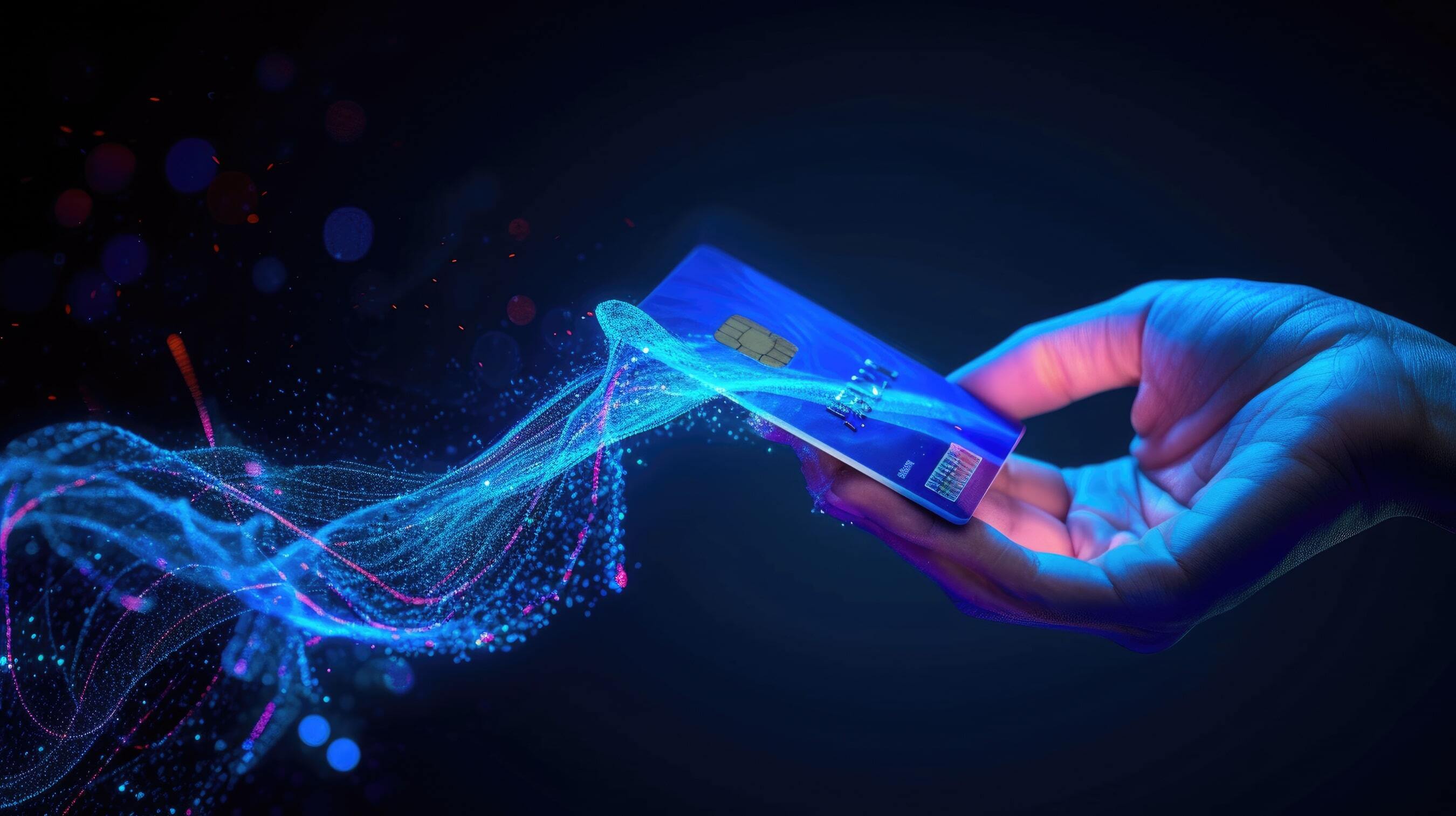
On my life essentials list: My Maltipoo Benedict, Joshua Tree coffee, and an undo button for things like sent email and booked pilates classes.
In recent months, that favorite feature of mine – the undo button – entered another category: financial apps.
In mid-May, U.K.-based digital bank Monzo began letting its customers undo their sent payments for those inevitable times when they make mistakes. The window to make a course correction is set at 15 seconds, and customers can bump up the delay to 30 seconds, 60 seconds, or eliminate the functionality altogether.
It’s not the first fintech company to add a touch of friction in a bid to improve the customer experience. Last year, Charlie, the neobank for the 62+ crowd, introduced SpeedBump, a feature that holds customers’ payment transfers for up to six hours under certain circumstances, like when the payment involves a new payee or the amount sent exceeds $100. Customers can cancel their sent payments within the window. They can also undo the delay by ringing the call center. Dutch challenger bank bunq, for another, delays payments when it believes an incoming or outgoing payment is suspicious. In this window, customers can cancel the payment or disable the delay.
The budding trend entering payments is sort of a juice up of what Zelle, Cash App, and Venmo have been finessing for years – offering safeguards to help consumers avoid an oopsie payment without making it too vexing. In this age of quick decisions and believable scams, the undo button goes one step further and reveals something banks and credit unions ought to consider peppering into their banking apps at a time when all kinds of consumers and businesses make mistakes in who they send money to and the amount they send. Certainly, it addresses one of the top risks financial institution execs are worried about. In What’s Going On In Banking 2025, 43% of bankers cited consumer-related fraud as a top concern, up 13% from the previous year, while 51% of credit union respondents identified it as a top concern, up 14% from the previous year.
Sure, the undo payments feature won’t prevent all errors, nor will all consumers want a delay. Its emergence presents some questions: What is the right length of time to let someone catch a mistake? How long is too long if, say, you’re paying landscapers and
they won’t leave until they see the payment processed? And in an era where payment apps like Venmo and Zelle already include safeguards for oopsie payments, how much more help do consumers really need?
And yet, if there’s a time for letting customers control their payments and protect them against fraud, it might be now. Heck, the biggest bank of all, Chase, issued a request this spring for innovation models that address fraud and, ideally, prevent it.
In pursuit of undo functionality, here are a few action items for executives to consider:
- Tinker with the undo time window to discover what helps versus annoys. Don’t be surprised if this exercise proves more art than science.
- Offer an opt-out functionality just as bunq, Charlie, and Monzo have done. Determine the how based on your brand’s audience. Charlie, for example, has built a product for an age often exploited. No surprise, Charlie’s undo requires a phone call rather than a click.
- Introduce the feature to business customers. For business customers, the transaction stakes are likely higher than they are for retail customers. My colleague John Meyer suggests that business owners take a lesson from New York City-based Gotham Restaurant, which might have been saved from a $45,000 payroll cyber scam with an undo button.
Bottom line
In a world that’s making it easy to do tasks faster and faster, mistakes happen – with email, with Amazon purchases, and yes, with payments.
Financial institutions aren’t generally known to be the first to market, but they shouldn’t be the last either. If Chime’s early payday feature taught us anything, it’s that banks and credit unions slept a little too long on copying the feature.
While an undo feature isn’t something that sounds attractive until someone, say, falls for a GenAI scam or adds an extra zero to the payment sent, the added precaution solves something everyone cares about: what’s in their bank account.
Maybe it’s time for banks to embrace the inevitability of adding a little friction to payments.
Mary Wisniewski is an editor-at-large at Cornerstone Advisors. Tune in to her Money Isn’t Everything podcast and follow her on LinkedIn.